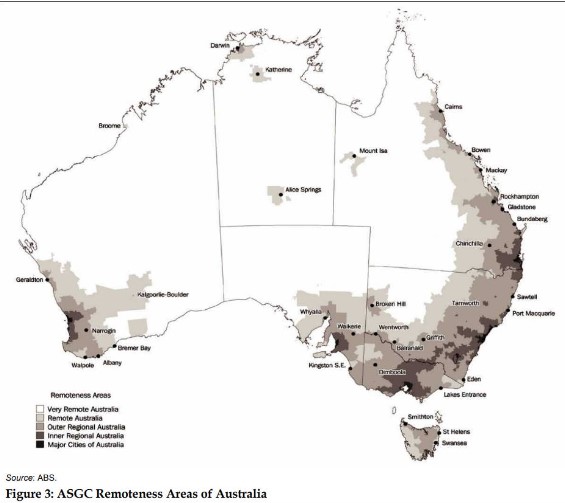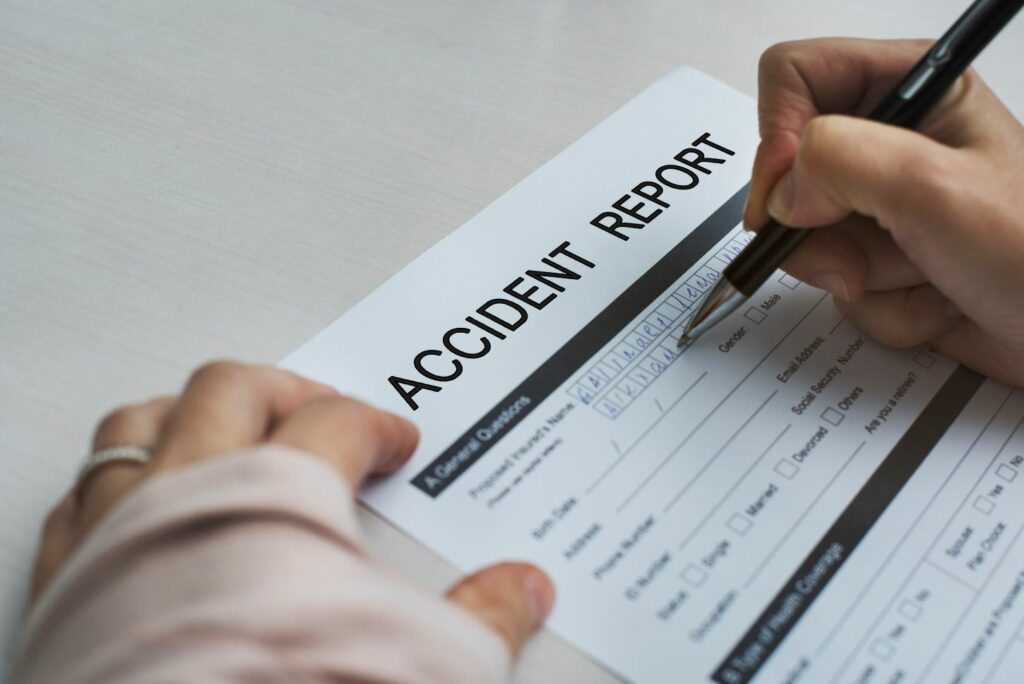Introduction
Childcare is one of the most satisfying professions, yet it comes with its share of challenges. One of these challenges is making certain a secure setting for kids. With the enhancing number of kids in educational setups, comprehending child care safety and security risks ends up being critical. The duty of teachers prolongs past mentor; it consists of creating a safe atmosphere where youngsters can discover and expand without fear of harm.
In this short article, we will explore different elements of childcare safety and security risks, concentrating on proactive actions educators can take. From first aid expertise to case reporting methods, we intend to gear up instructors with the required devices and self-confidence to deal with emergencies successfully.
Understanding Childcare Safety and security Hazards: Positive Steps for Educators
Childcare security threats can show up in lots of types-- physical risks, health and wellness concerns, hltaid011 course provider brisbane and psychological dangers. Identifying these hazards is the very first step in mitigating threats. Let's break down some usual safety issues.
Common Childcare Security Hazards
Physical Hazards- Slips and falls Sharp objects Unsafe playground equipment
- Choking incidents Allergic responses (e.g., from food) Spread of infectious diseases
- Bullying or social isolation Inappropriate interactions with adults
By recognizing these hazards, teachers can establish techniques to reduce risks.
Choking Prevention in Children
Choking is among one of the most prompt risks that children face, especially in daycare settings where children are vulnerable to putting objects in their mouths. Skilled teachers can help protect against choking cases by understanding typical choking dangers and carrying out effective prevention strategies.

Recognizing Choking Risks
It's vital for instructors to identify foods that typically posture choking risks:
- Hot dogs Grapes Nuts Hard candies
Educators need to likewise be alert concerning tiny toys or objects that can be aspirated.
Choking Avoidance Strategies
Food Preparation- Cut food right into little pieces. Avoid offering hard or round foods to young children.
- Always monitor youngsters while they eat. Encourage slow-moving consuming habits and prevent talking while chewing.
Epipen Administration: What Educators Required to Know
Anaphylaxis is a serious allergy that can occur all of a sudden and needs prompt treatment. Comprehending how to administer an EpiPen is essential for anyone associated with child care settings.
Understanding Anaphylaxis Symptoms
Recognizing signs and symptoms early can save lives:
- Swelling of the face or throat Difficulty breathing Rapid heartbeat
Educators should acquaint themselves with these warning signs so they can act promptly if needed.
Steps for Epipen Administration
Check the prescription label. Remove the EpiPen from its case. Inject into the external thigh at a 90-degree angle. Hold for 3 seconds before getting rid of it. Call emergency services quickly after administration.Training on epinephrine auto-injector usage ought to become part of every childcare personnel's emergency treatment curriculum.
Managing Minor Wounds: An Overview for Educators
Minor injuries are widespread in child care settings yet need to be attended to promptly and effectively.
Types of Minor Wounds
Cuts and Scrapes Bruises Burns (minor)Each kind calls for particular care methods to make certain correct healing and prevent infection.
First Help Steps for Minor Wounds
Clean the wound with soap and water. Apply an antiseptic solution. Cover with a sterile bandage. Monitor for signs of infection (inflammation, swelling).Educators must be geared up with a well-stocked first aid set tailored for child care environments, that includes all necessary materials for small wound management.

Proper Hand Hygiene Practices in Child Care Settings
Hand hygiene plays a crucial duty in stopping condition transmission amongst children in instructional settings.
The Significance of Hand Hygiene
Regular hand cleaning can drastically lower disease prices amongst youngsters, maintaining them healthy and balanced and prepared to learn.
Effective Hand Cleaning Techniques
Wet hands with tidy running water (cozy or chilly). Apply soap and soap well. Scrub all surfaces consisting of in between fingers and under nails for at the very least 20 seconds. Rinse completely under running water. Dry hands utilizing a tidy towel or air completely dry them.Encouraging great hand health routines begins early; for that reason, incorporating handwashing methods into everyday regimens is necessary for promoting lifelong routines amongst children.
Child Defibrillation Support: Important Understanding for Educators
Sudden heart attack may occur also among young individuals as a result of different reasons such as genetic heart flaws or severe physical exertion during playtime activities like sporting activities occasions or fitness center classes.
Understanding CPR Basics
Knowing exactly how to execute CPR on a kid can make all the difference throughout an emergency situation:
Call emergency solutions immediately. Start chest compressions at a rate of 100-- 120 compressions per minute. Give rescue breaths after every 30 compressions (if trained).Training possibilities such as HLTAID012 offer first aid in education and learning courses cover kid CPR procedures thoroughly, encouraging educators with crucial first aid certificate sydney life-saving skills.
Utilizing AEDs (Automated External Defibrillators)
In many universities today, AEDs are readily available on-site:
Turn on the tool complying with voice prompts. Attach pads as suggested on the gadget picture guide. Allow AED to evaluate heart rhythm; comply with instructions provided by tool sound cues.Every instructor need to understand where AEDs are located within their facility in addition to just how they operate-- this understanding might possibly save lives!
Building Teacher Self-confidence With Educating Programs
Confidence plays an essential role when reacting to emergencies within childcare contexts! The even more educated a teacher really feels regarding their capacities-- the much better prepared they are when confronted with unforeseen cases occurring around them!

Benefits of Continual Education and learning Programs
Participation in recurring training programs makes certain that caregivers remain updated regarding best methods while obtaining useful brand-new skills over time!
Key Areas Covered Include:
- First Aid Essentials Advanced Life Support Methods Mental Health and wellness Awareness
These topics foster self-assurance among team member leading them in the direction of being more positive as opposed to reactive throughout dilemmas circumstances emerging unexpectedly!
FAQ Section
Q: What does HLTAID012 provide?
A: HLTAID012 provides thorough emergency treatment training especially developed for instructors functioning within educational environments ensuring they're outfitted with essential abilities & & understanding called for reacting efficiently throughout emergencies!
Q: Just how often should emergency treatment training be renewed?
A: Renewal timelines differ based upon regional regulations however typically suggested every three years ensures team continue to be current skilled properly preserve competency degrees needed providing quality care students entrusted their supervision!
Q: What items must be consisted of in a childcare facility first aid kit?
A: A standard package ought to include adhesive bandages, antibacterial wipes/sprays/gauze pads/tape/ice packs/pain relief drugs alongside any type of specific devices needed provide unique requirements specific populace serviced like those allergic reactions impairments etc.
Q: How do I recognize bronchial asthma symptoms?
A: Usual indicators include coughing/wheezing/chest tightness/breathlessness; if believed always seek advice from physician quickly customized activity strategies created individualized conditions each child!
Q: What are case reporting protocols?
A: Event reporting entails documenting information surrounding any type of injuries accidents happening within properties including names witnesses nature occurrence corrective actions taken ensuring transparency accountability future renovations made as necessary avoid similar incidents happening again down line ...
Conclusion
Understanding child care safety threats is not almost sydney hltaid011 training compliance; it has to do with producing an atmosphere where both children and educators feel safe and positive navigating obstacles together! By using proactive actions like carrying out frequent threat assessments/training team regularly executing audio policies/procedures we can promote risk-free rooms promote healthy and balanced development growth among children delegated our treatment!!
With expertise comes power-- equipping those functioning directly kids enhances lives profoundly favorably impacting communities forming future generations inevitably leaving enduring legacies behind!!